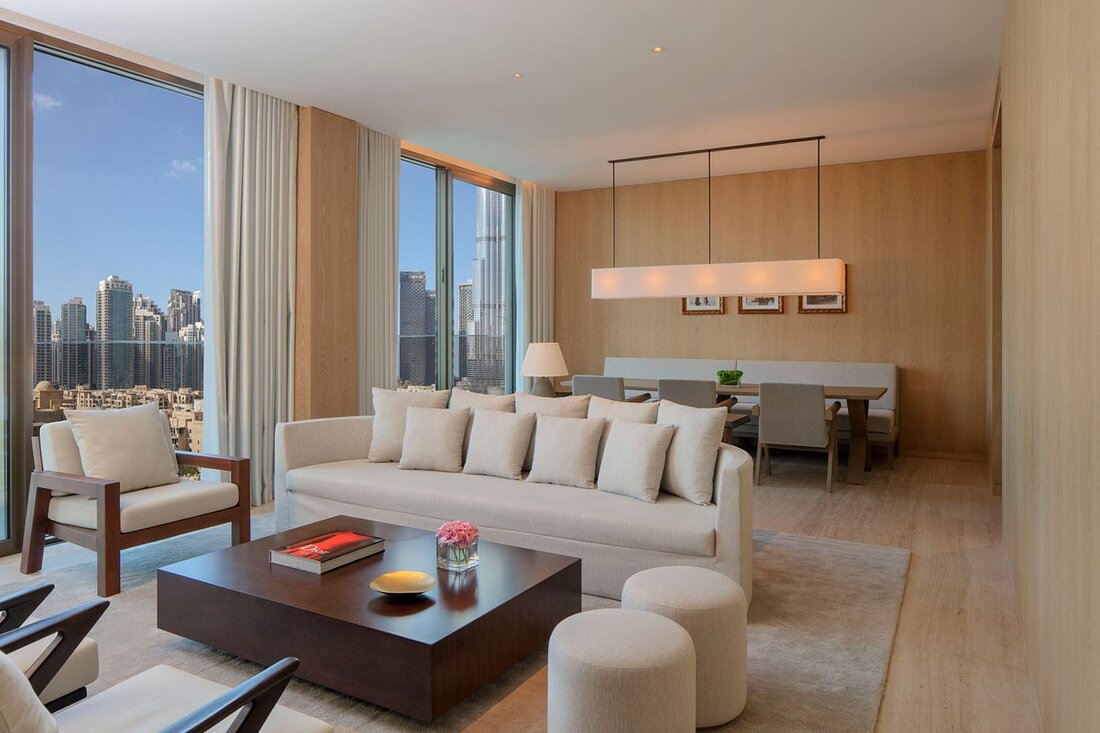Selecting furniture for a hotel is a pivotal task that directly impacts guest comfort, aesthetics, and overall experience. The right furniture not only enhances the ambiance but also contributes to the functionality and efficiency of the space. In this comprehensive guide, we’ll delve into the art of choosing hotel furniture, offering valuable tips and insights to assist you in making informed decisions for your hospitality establishment or home.
1. Understanding Your Brand and Target Audience
Brand Identity:
Define your hotel’s brand identity and theme to guide your furniture selection process. Whether it’s modern, classic, boutique, or luxury, ensure that the furniture aligns with your brand’s image and values.
Target Audience:
Consider the preferences and needs of your target audience. Are you catering to business travelers, families, couples, or luxury seekers? Tailor your furniture choices to meet the expectations of your guests.
2. Prioritizing Comfort and Functionality
Quality and Comfort:
Invest in high-quality furniture that prioritizes guest comfort and relaxation. Opt for ergonomic designs, supportive mattresses, and plush seating options to enhance the guest experience.
Functionality:
Choose furniture that is functional and versatile, especially in multi-purpose spaces. Select pieces that can be easily rearranged or repurposed to accommodate different guest needs and activities.
3. Considering Durability and Maintenance
Durability:
Select furniture made from durable materials that can withstand the rigors of daily use and maintain their appearance over time. Solid wood, metal, and commercial-grade upholstery fabrics are popular choices for their longevity.
Maintenance:
Choose furniture that is easy to clean and maintain to streamline housekeeping operations and ensure guest rooms remain in pristine condition. Look for stain-resistant fabrics and finishes that resist scratches and wear.
4. Maximizing Space and Layout
Space Optimization:
Maximize space utilization by selecting furniture that fits the scale and dimensions of each room. Choose sleek and streamlined designs for smaller spaces to create an illusion of openness and flow.
Layout Considerations:
Plan the layout of furniture to optimize traffic flow and functionality within each room. Consider factors such as bed placement, seating arrangements, and storage options to create a balanced and harmonious space.
5. Budgeting and Furniture Prices
Bedroom Furniture:
Prices for hotel-quality bedroom furniture sets start at around $1000 for a basic ensemble and can go up to $5000 or more for premium designs.
Lounge Furniture:
Prices for hotel-quality sofas range from $300 to $3000, while armchairs start at approximately $300 each.
Dining Furniture:
Prices for hotel-quality dining sets vary depending on size and material, starting at around $500 for a basic set and going up to $2000 or more for high-end designs.
Brand Identity:
Define your hotel’s brand identity and theme to guide your furniture selection process. Whether it’s modern, classic, boutique, or luxury, ensure that the furniture aligns with your brand’s image and values.
Target Audience:
Consider the preferences and needs of your target audience. Are you catering to business travelers, families, couples, or luxury seekers? Tailor your furniture choices to meet the expectations of your guests.
2. Prioritizing Comfort and Functionality
Quality and Comfort:
Invest in high-quality furniture that prioritizes guest comfort and relaxation. Opt for ergonomic designs, supportive mattresses, and plush seating options to enhance the guest experience.
Functionality:
Choose furniture that is functional and versatile, especially in multi-purpose spaces. Select pieces that can be easily rearranged or repurposed to accommodate different guest needs and activities.
3. Considering Durability and Maintenance
Durability:
Select furniture made from durable materials that can withstand the rigors of daily use and maintain their appearance over time. Solid wood, metal, and commercial-grade upholstery fabrics are popular choices for their longevity.
Maintenance:
Choose furniture that is easy to clean and maintain to streamline housekeeping operations and ensure guest rooms remain in pristine condition. Look for stain-resistant fabrics and finishes that resist scratches and wear.
4. Maximizing Space and Layout
Space Optimization:
Maximize space utilization by selecting furniture that fits the scale and dimensions of each room. Choose sleek and streamlined designs for smaller spaces to create an illusion of openness and flow.
Layout Considerations:
Plan the layout of furniture to optimize traffic flow and functionality within each room. Consider factors such as bed placement, seating arrangements, and storage options to create a balanced and harmonious space.
5. Budgeting and Furniture Prices
Bedroom Furniture:
Prices for hotel-quality bedroom furniture sets start at around $1000 for a basic ensemble and can go up to $5000 or more for premium designs.
Lounge Furniture:
Prices for hotel-quality sofas range from $300 to $3000, while armchairs start at approximately $300 each.
Dining Furniture:
Prices for hotel-quality dining sets vary depending on size and material, starting at around $500 for a basic set and going up to $2000 or more for high-end designs.
Conclusion
Choosing hotel furniture is a multifaceted process that requires careful consideration of brand identity, guest comfort, durability, functionality, space optimization, and budget constraints. By following these expert tips, you can make informed decisions that enhance the overall guest experience and elevate the ambiance of your hospitality establishment or home.
Choosing hotel furniture is a multifaceted process that requires careful consideration of brand identity, guest comfort, durability, functionality, space optimization, and budget constraints. By following these expert tips, you can make informed decisions that enhance the overall guest experience and elevate the ambiance of your hospitality establishment or home.
